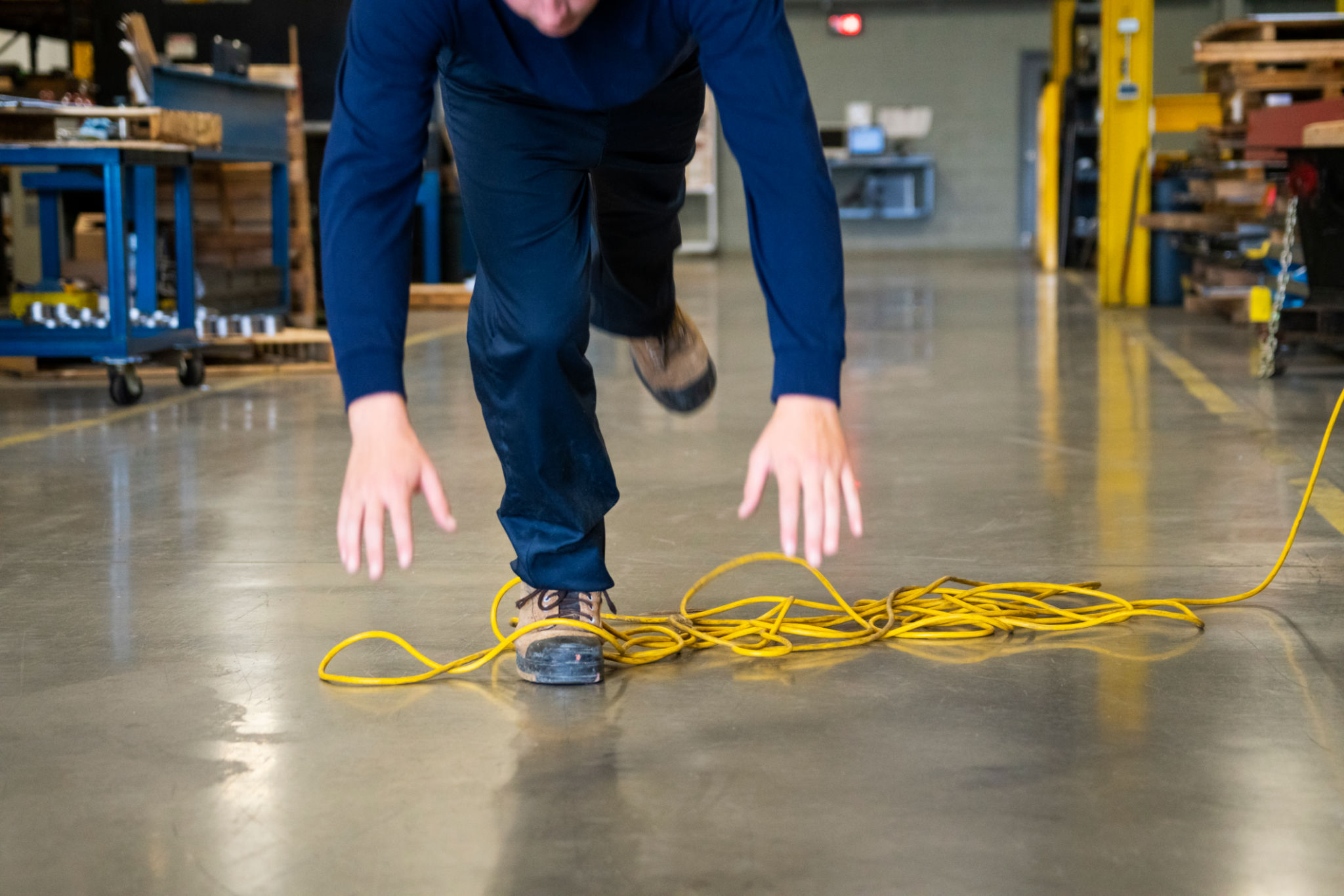Your Ultimate Checklist for Electrical Safety at Home
Understanding the Importance of Electrical Safety
Electrical safety in the home is crucial for protecting your family and property from potential hazards. Each year, many accidents and fires are caused by electrical faults, making it essential to understand and implement safety measures. By following a comprehensive checklist, you can significantly reduce risks and ensure a safer environment.

Inspect Your Electrical System Regularly
Check for Damaged Wires and Outlets
Regularly inspect all visible wiring in your home for signs of wear and tear, such as frayed cords or exposed wires. Damaged electrical cords can become a fire hazard and should be replaced immediately. Additionally, ensure that all outlets are secure and not showing signs of damage or discoloration.
Test Circuit Breakers and Fuses
Your home's circuit breakers and fuses are designed to protect the electrical circuits from overloads. Test them regularly to ensure they are functioning correctly. If you notice frequent tripping, consult a professional electrician to identify the underlying issue.

Adopt Safe Practices with Electrical Appliances
Avoid Overloading Outlets
Overloading outlets is a common cause of electrical fires. Use power strips with built-in circuit breakers to prevent overloads, and never plug too many high-wattage appliances into a single outlet. Spread out your appliance usage across multiple outlets to maintain balance.
Unplug Unused Appliances
Always unplug appliances that are not in use. This practice not only conserves energy but also reduces the risk of electrical fires caused by faulty appliances or power surges. Additionally, keep appliances away from water sources to prevent electric shocks.

Use Electrical Devices Safely
Install Ground Fault Circuit Interrupters (GFCIs)
GFCIs are critical safety devices that help prevent electric shocks in areas where water and electricity may come into contact, such as bathrooms and kitchens. Ensure GFCIs are installed in these high-risk areas and test them monthly to ensure they are functioning properly.
Practice Safe Extension Cord Use
Extension cords should be used only as a temporary solution. If you find yourself relying on them frequently, consider having additional outlets installed by a professional. Always use cords rated for the power level of the appliances connected, and avoid running cords under rugs or furniture where they can overheat.

Educate Your Family on Electrical Safety
It's essential to educate all family members about electrical safety practices. Teach children about the dangers of electricity and ensure they know not to insert objects into outlets or play with electrical devices unsupervised. Regularly reviewing this information can prevent accidents and promote a culture of safety in your home.
By following this ultimate checklist for electrical safety at home, you can create a safer environment for you and your loved ones. Implement these practices today to protect your home from potential electrical hazards.
